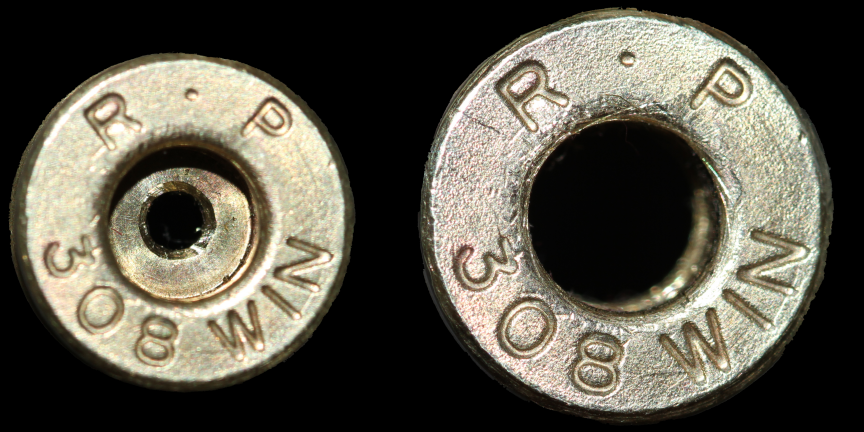Lump me in with the save your money group. I have one around here somewhere that was given to me years ago and I never use it. Everyone has made the reasoning why they are not that great pretty apparent. Here is what I do and for the most part I just seat for an OAL right from the manual. That said when the mood strikes I only worry about this with two bolt guns, a .223 Remington and a .308 Winchester. I fire a few cartridges in each rifle. My spent cases are reasonably what my chambers are. I set each case back about 0.002" making sure they chamber in their respective rifles. Then I drill out the primer pockets, as seen below:

I get a few of the bullets I plan to use and gently, very gently use my chamber and bolt to begin to seat the bullet, slowly closing the bolt. If one wants to go through the added effort they can strip the bolt of extractor and ejector. Open the bolt and use a cleaning rod from the bore to gently and slowly remove the cartridge, or if the bolt was left intact just slowly open the bolt and extract the cartridge. Measure the cartridge C.O.A.L. Typically I will run this five times and get an average. Then when seating I start .010 to .015 from where I was. The bullets are removed by using a cleaning rod through the oversize flash holes.
Actually one of my better shooting bolt guns in .308 Winchester has a throat which I would swear runs halfway to the muzzle and that rifle shoots great just using the load data C.O.A.L. When I was watching the bench rest guys and playing around with 6mm PPC I watched guys start a bullet in a charged round and literally use th bolt and chamber to seat their bullets. They shot with their bullets right on the lands. Personally my view is for me moving seating depth around never made much difference and if you are that concerned you may as well invest in a good decent concentricity gauge. One thing leading to another.....
Ron
couple of questions. you knew that was coming.
1) can I use a collet bullet puller to remove the bullet from the case so I don't have to drill the case and use a rod? (don't own a drill press)
2) are you using a bullet comparator to measure the OAL? I cant use the book OAL as it puts me into the lands or I would just run that data.

